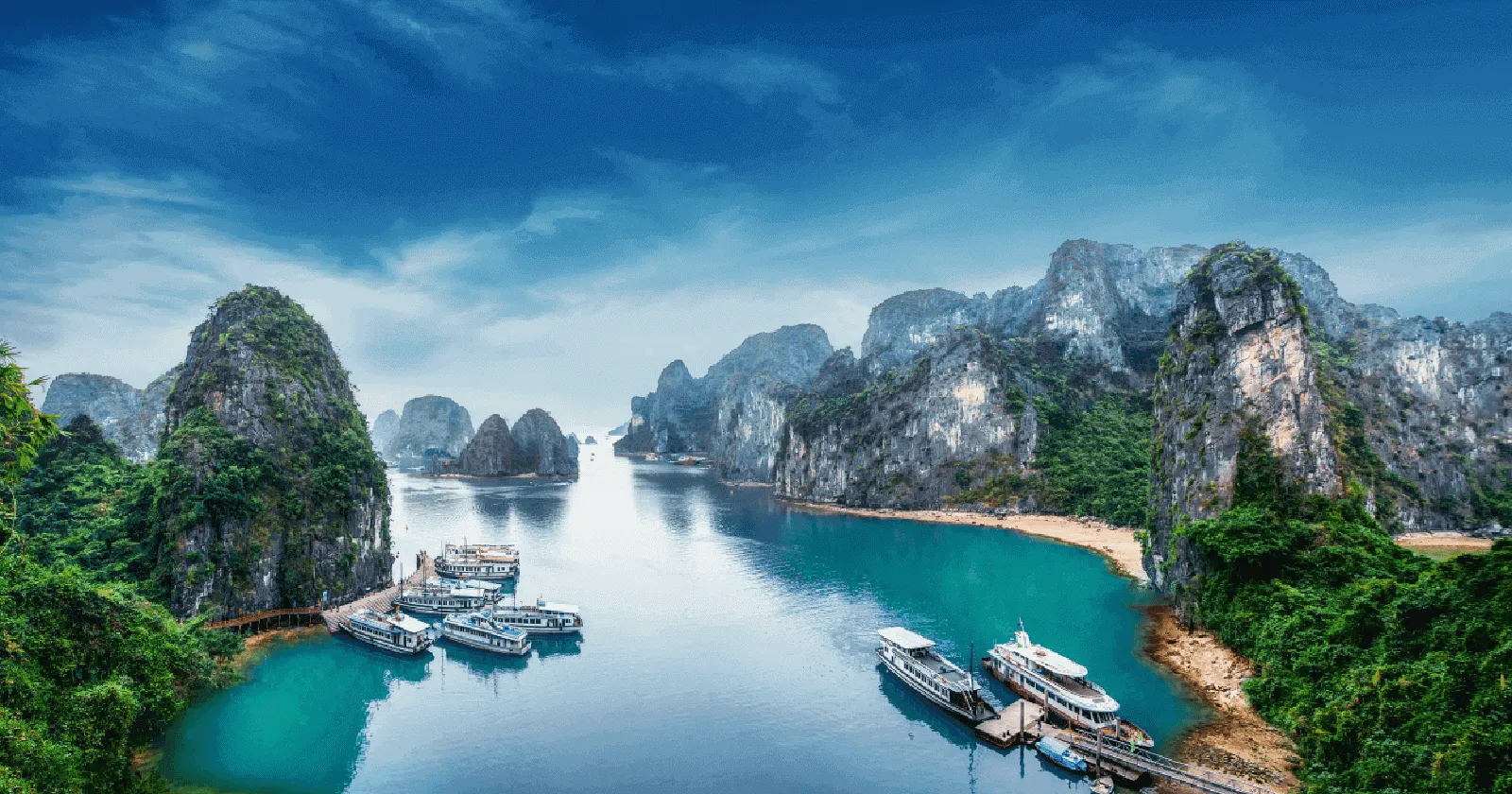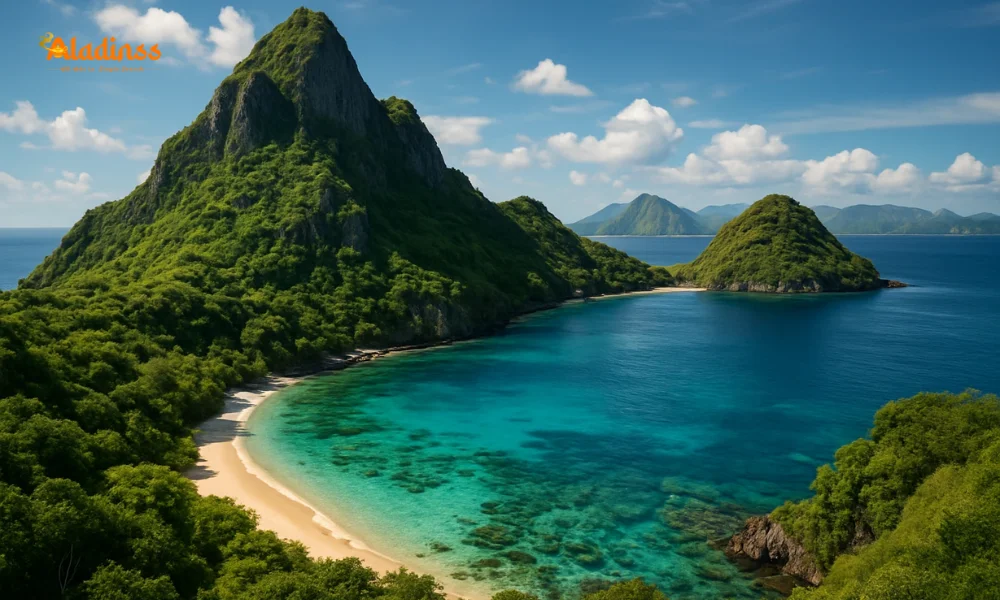From Mountains to Oceans: A Complete Guide to Adventure Travel

From Mountains to Oceans: A Complete Guide to Adventure Travel
Adventure travel continues to command headlines as more people seek meaningful, adrenaline-fueled experiences that reconnect them with nature. This comprehensive report-style guide covers everything a modern adventurer needs to know — from alpine ascents to ocean expeditions — and highlights the latest developments, safety updates, and sustainable practices shaping the sector. Whether you are planning a high-altitude trek, a white-water rafting trip, or a multi-day sail, this article explains how to prepare, what to expect, and how to stay safe while minimizing your environmental footprint.

Why adventure travel is trending: latest development and industry update
Recent travel analytics show a surge in bookings for nature-based and active experiences as travelers prioritize wellness, outdoor recreation, and low-density destinations. Breaking news from the outdoor sector reports improved regulation of adventure operators, tighter safety standards, and increased adoption of technology such as satellite communication devices and digital rescue beacons. This development improves access to remote areas while raising expectations for certified guides and robust emergency plans.
Planning your trip: choosing mountains, rivers, or oceans
Start by matching your goals with a terrain: mountains for elevation, skiing, and trekking; rivers for kayaking and rafting; and oceans for sailing, diving, or surfing. Consider logistics: travel time, fitness requirements, permit needs, and insurance coverage. Seasonal factors matter — monsoons, hurricane seasons, and winter storms can drastically alter risk profiles. Use recent trip reports and operator reviews to verify conditions and avoid surprises.
Fitness and skills assessment
Be honest about fitness and technical skills. High-altitude trekking requires cardiovascular conditioning and acclimatization plans, while rock climbing and mountaineering demand ropework and belay competence. Water-based activities need strong swimming ability and familiarity with local currents. If you lack skills, enroll in introductory courses or choose guided experiences with experienced providers.
Essential gear and packing smart
Gear choices depend on activity and climate but the principles are universal: prioritize quality, weight, and multi-functionality. For mountains: layered clothing, insulated jacket, trekking boots, crampons, and a reliable headlamp. For rivers: quick-dry clothing, helmet, personal flotation device, and water shoes. For oceans: reef-safe sunscreen, rash guard, wetsuit if needed, and dry bags. Invest in a compact first-aid kit, a repair kit (multitool, duct tape, spare cord), and a compact stove or energy-dense food for remote trips. Recent industry updates encourage carrying a personal locator beacon (PLB) or satellite messenger for areas with no mobile coverage.
Tech and navigation tools
GPS devices, offline maps, and satellite communication tools are now mainstream for serious adventurers. Use redundancy: a GPS device plus paper map and compass. Load offline topographic maps and waypoints before departure. Keep power solutions like solar chargers and high-capacity power banks. The latest development in rescue tech — two-way satellite messengers — allows distress signaling and basic messaging even in very remote areas, increasing safety margins for solo or small-group trips.
Also Read: Best Heritage Walks in Famous Cities
Safety protocols and insurance: non-negotiables
Adventure travel requires specialized insurance that covers rescue, medical evacuation, and activity-specific risks. Check policy fine print for exclusions like high-altitude mountaineering or extreme water sports. Always file an itinerary with a trusted contact, register with local authorities if required, and confirm that operators carry valid licenses and rescue plans. The latest trend is insurers offering add-ons for emergency evacuation via helicopter in mountainous regions — consider these when venturing into remote terrain.
Working with local operators
Choose operators that employ certified guides, maintain safety equipment, and follow environmental guidelines. Local companies offer cultural insight and support community economies. Verify accreditation through regional associations and read recent reviews for on-the-ground accuracy. Responsible operators will provide a clear risk briefing and contingency plans.
Environmental stewardship and sustainable practices
Adventure travelers should adopt low-impact habits: pack out waste, avoid single-use plastics, and follow Leave No Trace principles. For ocean activities, choose reef-safe sunscreens and avoid touching coral or marine wildlife. In mountain regions, stick to established trails, respect seasonal wildlife closures, and support conservation fees that fund protected areas. The travel sector increasingly links tour permits to conservation funding — an important development that makes sustainable choices more effective.
Cultural sensitivity and local engagement
Respect local customs, dress codes, and sacred sites. Small gestures — learning basic greetings, hiring local guides, and buying from community-run businesses — contribute to meaningful exchanges and sustainable livelihoods. Adventure travel can foster mutual understanding when done with humility and curiosity.
Popular routes and expedition ideas
For mountains: consider classic treks with graded difficulty, alpine hut-to-hut routes, or guided summits with accredited operators. For rivers: look for multi-day white-water trips or gentle multi-day canoe journeys depending on skill level. For oceans: options range from coastal sailing expeditions and surf safaris to liveaboard dive trips exploring coral atolls. Match difficulty and remoteness to experience and emergency support.
Preparing for changing climates and unpredictable weather
Climate variability is reshaping adventure calendars: glacial retreat affects alpine routes, changing monsoon patterns alter river flows, and rising sea temperatures influence marine ecosystems. Plan with flexibility, monitor forecasts, and choose operators that adapt routes responsibly to maintain safety and conservation goals.
Adventure travel from mountains to oceans offers life-enriching experiences when approached with respect, preparation, and updated safety measures. Use this guide to build a responsible, exciting plan that balances thrill with stewardship and ensures you return with stories, not regrets.
Comment / Reply From
No comments yet. Be the first to comment!







